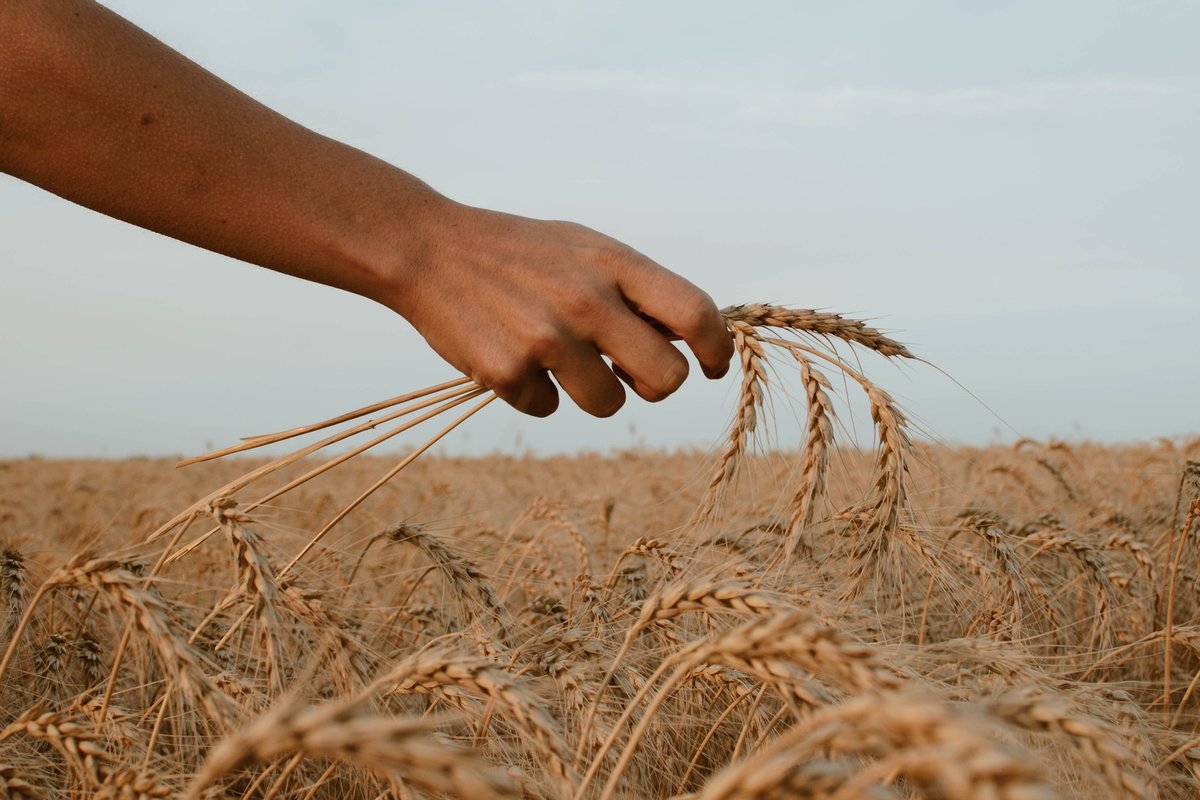Dry Weather to Slash Australia’s Next Wheat Crop by a Third

Australia’s wheat production is forecast to slump 34% in the coming season as the development of El Niño is likely to suppress rainfall across large swaths of the country, the government crop forecaster said.
Dry conditions and low soil moisture in some growing regions mean that much of the 2023–24 crop has been sown dry and will require adequate and timely rain to allow plants to germinate, the Australian Bureau of Agricultural and Resource Economics and Sciences said. Wheat is a major winter crop in Australia with planting from April and the harvest starting in November.
Apart from Australia, wild weather is affecting crops elsewhere, including in the Americas and North Africa. The harvest in top wheat consumer China has also been hit by torrential rains, potentially boosting the need for more imports. For now, global wheat prices are near their lowest in over two years on optimism for bumper harvests across Europe, helping to keep food costs in check.
The expected onset of El Niño conditions from July will likely see winter crop output fall significantly, Abares said. Dry weather has already arrived, according to the Bureau of Meteorology, with the second-driest May on record nationwide and the driest in Western Australia since observations began. Prior to this, the country had a run of three very wet years, unusual historically.
“Western Australia is looking dry overall, but there were some recent rains to help crops along,” said Dennis Voznesenski, agricultural analyst at Rabobank. “There is more rain in the forecast,” he said. Still, weather systems that cause dryness are forming on both the west and east coasts of Australia, he added.
Global benchmark wheat futures have gained 10% after reaching the lowest in more than two years last week, as traders weigh weather risks around the world. Prices were up 0.8% at $6.2875 a bushel by 1:05 p.m. in Sydney.

The country’s wheat output may decline 34% from a record to 26.2 million tons, slightly below the 10-year average. Barley production is set to fall 30% to 9.9 million tons, around 11% below the 10-year average. Canola output may drop 41% to 4.9 million tons, 15% above the 10-year average, according to Abares.
More details:
Read also
Wheat in Southern Brazil Impacted by Dry Weather and Frosts
Oilseed Industry. Leaders and Strategies in the Times of a Great Change
Black Sea & Danube Region: Oilseed and Vegoil Markets Within Ongoing Transfor...
Serbia. The drought will cause extremely high losses for farmers this year
2023/24 Safrinha Corn in Brazil 91% Harvested
Write to us
Our manager will contact you soon



